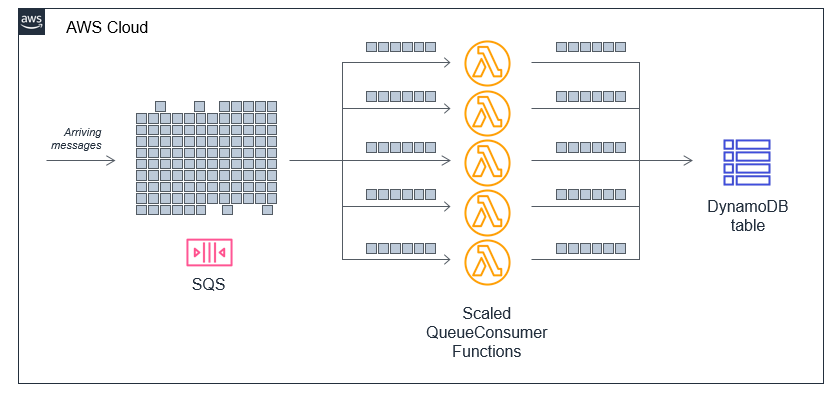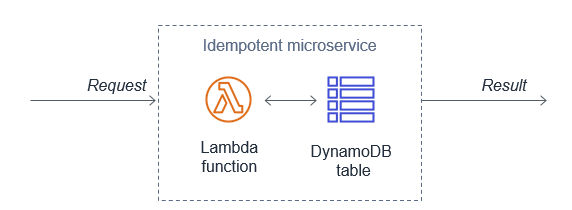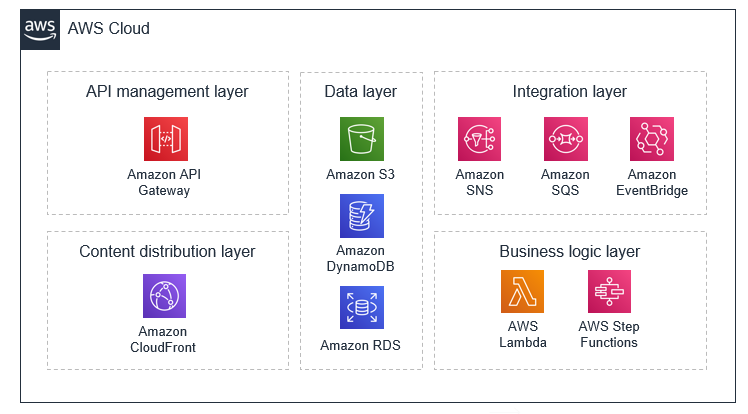AWS Compute Blog
Category: *Post Types
Operating Lambda: Application design – Scaling and concurrency: Part 2
This post explains scaling and concurrency in Lambda and the different behaviors of on-demand and Provisioned Concurrency. It also shows how to use service integrations and asynchronous patterns in Lambda-based applications. Finally, I discuss how reserved concurrency works and how to use it in your application design.
Operating Lambda: Application design and Service Quotas – Part 1
Lambda works with other AWS services to process and manage requests and data. This post explains how to understand and manage Service Quotas, when to request increases, and architecting with quotas in mind. It also explains how to control traffic for downstream server-based resources.
Running cost optimized Spark workloads on Kubernetes using EC2 Spot Instances
This post is written by Kinnar Sen, Senior Solutions Architect, EC2 Spot Apache Spark is an open-source, distributed processing system used for big data workloads. It provides API operations to perform multiple tasks such as streaming, extract transform load (ETL), query, machine learning (ML), and graph processing. Spark supports four different types of cluster managers (Spark standalone, Apache […]
Operating Lambda: Anti-patterns in event-driven architectures – Part 3
This post discusses anti-pattern in event-driven architectures using Lambda. I show some of the issues when using monolithic Lambda functions or using custom code to orchestrate workflows. I explain how to avoid recursive architectures that cause loops and why you should avoid functions calling functions.
How to monitor Windows and Linux servers and get internal performance metrics
This post was written by Dean Suzuki, Solution Architect Manager. Customers who run Windows or Linux instances on AWS frequently ask, “How do I know if my disks are almost full?” or “How do I know if my application is using all the available memory and is paging to disk?” This blog helps answer these […]
Operating Lambda: Design principles in event-driven architectures – Part 2
This post discusses the design principles that can help you develop well-architected serverless applications. I explain why using services instead of code can help improve your application’s agility and scalability. I also show how statelessness and function design also contribute to good application architecture.
Operating Lambda: Understanding event-driven architecture – Part 1
In the Operating Lambda series, I cover important topics for developers, architects, and systems administrators who are managing AWS Lambda-based applications. This three-part series discusses event-driven architectures and how these relate to serverless applications. Part 1 covers the benefits of the event-driven paradigm and how it can improve throughput, scale and extensibility, while also reducing […]
Optimizing AWS Lambda cost and performance using AWS Compute Optimizer
This post is authored by Brooke Chen, Senior Product Manager for AWS Compute Optimizer, Letian Feng, Principal Product Manager for AWS Compute Optimizer, and Chad Schmutzer, Principal Developer Advocate for Amazon EC2 Optimizing compute resources is a critical component of any application architecture. Over-provisioning compute can lead to unnecessary infrastructure costs, while under-provisioning compute can […]
Using self-hosted Apache Kafka as an event source for AWS Lambda
Lambda now supports self-hosted Kafka as an event source so you can invoke Lambda functions from messages in Kafka topics to integrate into other downstream serverless workflows. This post shows how to configure a self-hosted Kafka cluster on EC2 and set up the network configuration. I also cover how to set up the event source mapping in Lambda and test a function to decode the messages sent from Kafka.
Creating a cross-region Active Directory domain with AWS Launch Wizard for Microsoft Active Directory
AWS Launch Wizard is a console-based service to quickly and easily size, configure, and deploy third party applications, such as Microsoft SQL Server Always On and HANA based SAP systems, on AWS without the need to identify and provision individual AWS resources. AWS Launch Wizard offers an easy way to deploy enterprise applications and optimize […]








